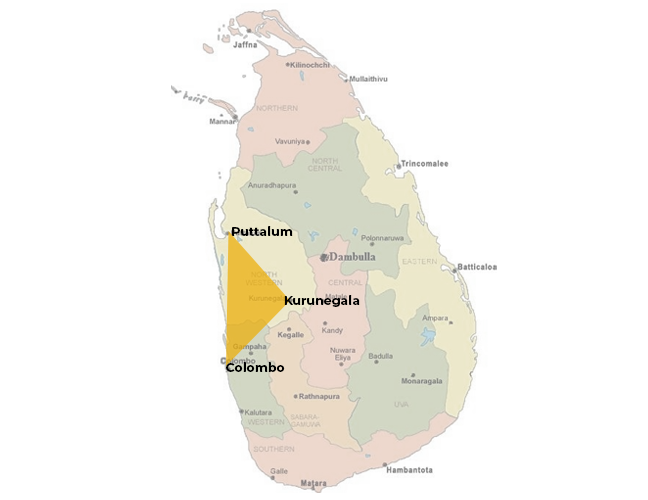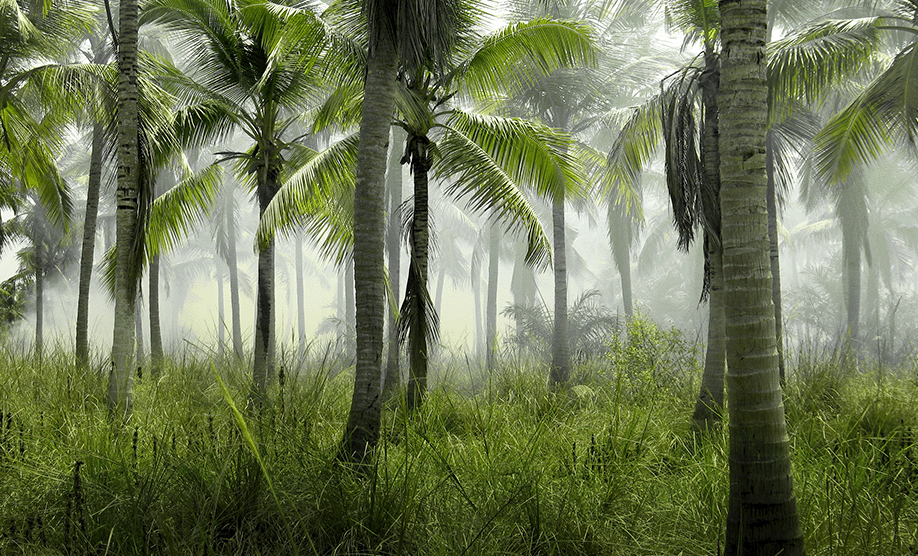The scientific name of the coconut is ‘Cocos nucifera’. For many years Coconuts have performed an important role in the cultural, economic, and political lives for Sri Lankans, its colonial predecessors, and its trading partners. Today, Coconut production contributes a significant number to the domestic economy of Sri Lanka. The Coconut Development Act, No 46 of 1971, governs the coconut industry in Sri Lanka. According to figures published in December 2018 by the Food and Agriculture Organization of the United Nations, Sri Lanka is the world’s fourth largest producer of coconuts in the world, approximately producing 2,623,000 tonnes in the year -2018.
For Sri Lanka the coconut is one of our key crops in agriculture. There are certain areas in the country, which are ideal for coconut plantation mainly, as a commercial crop. Mostly, the Western and Southern lowlands in Sri Lanka have its coconut estates where they grow very healthy coconuts for commercial purpose. However, there is a distinct area in the country that holds the best soil for coconut plantations. In addition to the soil, the area sits within the dry and intermediate climatic zones which makes it ideal for coconut plantations.

That specific area is known as the ‘Coconut Triangle’ in Sri Lanka. The main reason for the name – ‘Coconut Triangle’ is its geographical position between three major cities. Everyone who passes through the coconut triangle will be greeted by a beautifully lush, greenish, and rare view of vast and well-maintained coconut trees in large estates on the roadsides.
The coconut triangle which includes the districts of Kurunegala, Puttalam and Colombo produces 3000 million nuts annually and out of this 200 million are exported while the balance is consumed locally. Exports of coconuts and coconut based products bring substantial and much needed foreign currency into the Sri Lankan economy whilst contributing to our long term national economic growth.
The coconut triangle covers 66 percent of the total acreage of the country, making it one of the biggest coconut production areas in South Asia. Coconuts and its many by-products are an important part of the Sri Lankan agriculture market., consisting of almost 12% of all agriculture produce.
The coconut estates in the coconut triangle are well maintained with compost and water as well as with the required minerals administered as needed. Even though, the rainfall in the coconut triangle is not relatively frequent, irrigation systems designed over the decades provide the much-needed water supply.
Finally, the result is a very well grown, maintained, and nutritious harvest of coconuts with each coconut tree producing a crop every three months.


